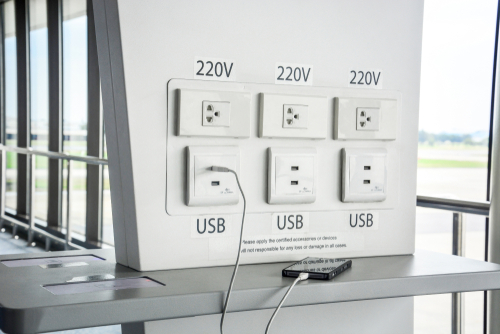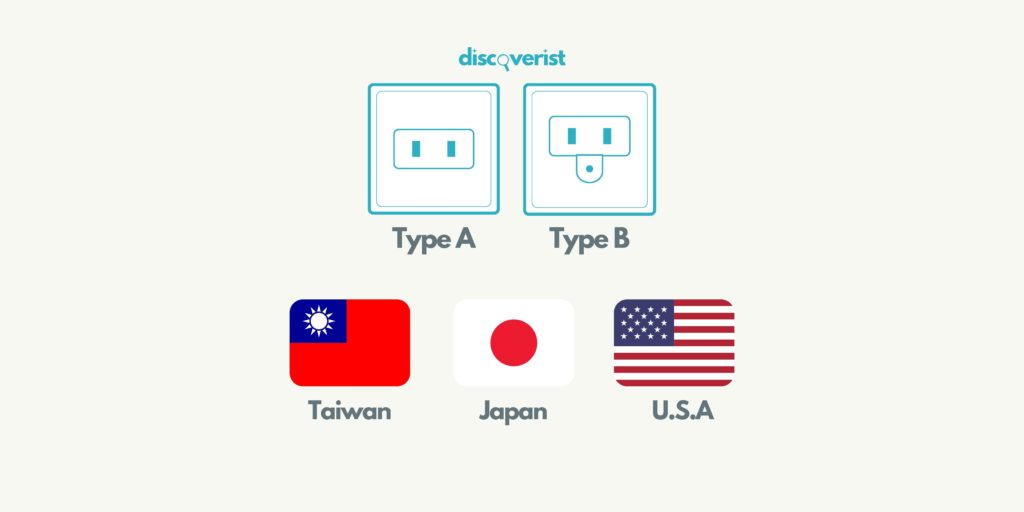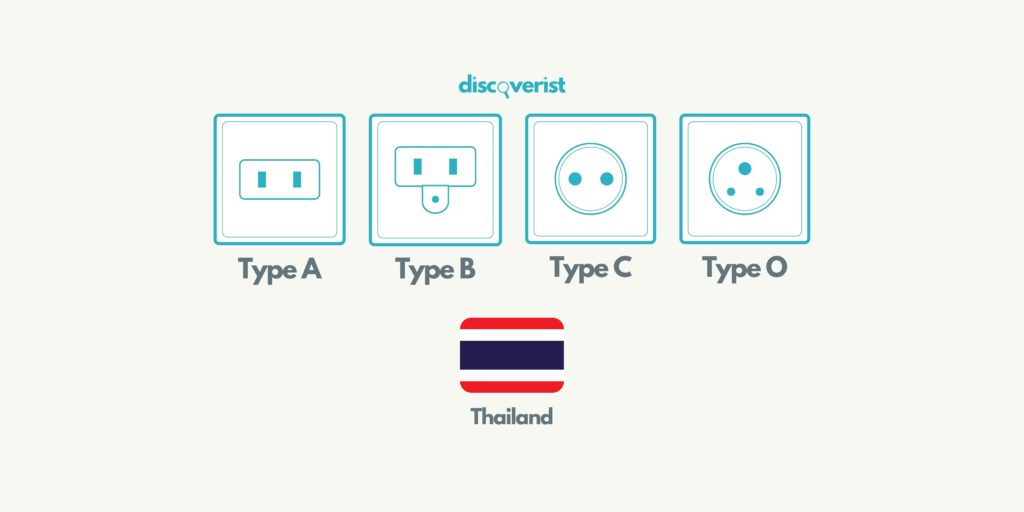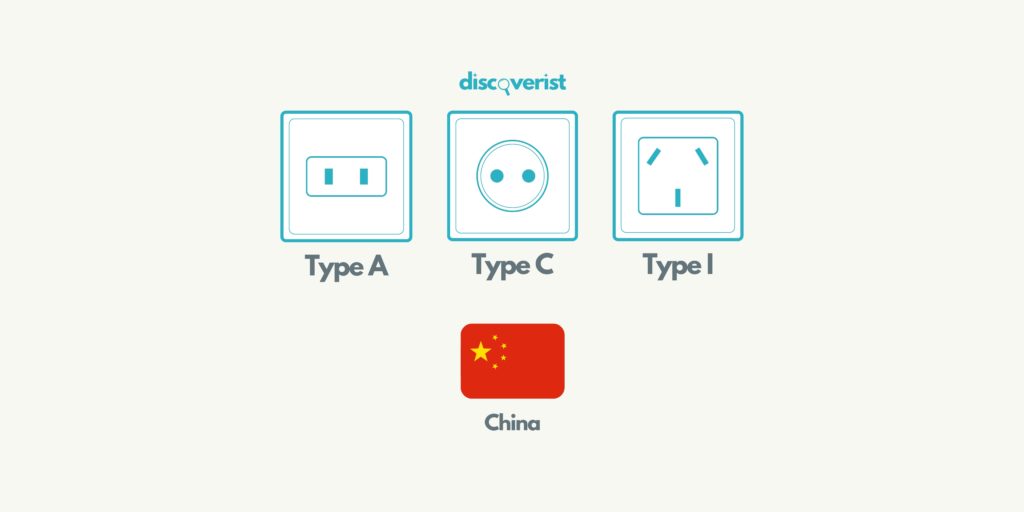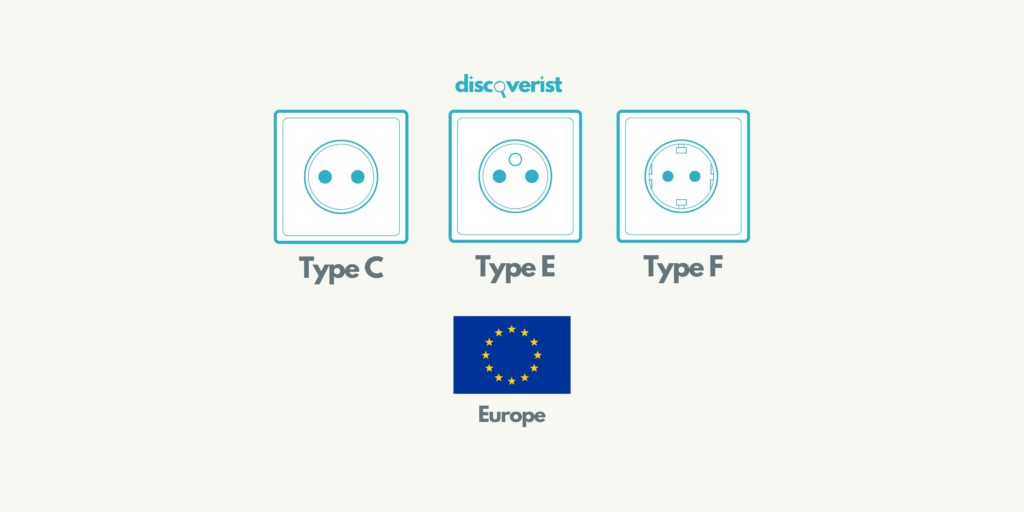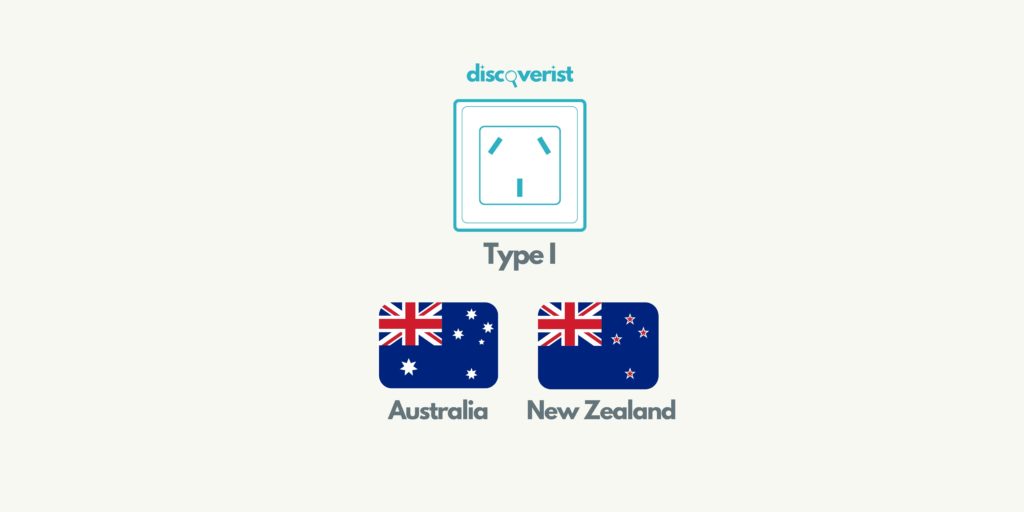Today, we go everywhere with our mobile phones, cameras, and other communication devices. We hardly even leave the house without them, let alone the country! And that’s the tricky part: Figuring out the right travel adapters so we can bring our electronics with us abroad.
Nothing is more frustrating than bringing the wrong one, only to find ourselves with say, a whole head of wet hair and an unusable hairdryer. But before we go on, a word of caution: Never try to force any plugs into an incompatible socket you could risk getting a shock of your life (quite literally).
Finding The Right Fit
When it comes to travelling with our electronics, travel adapters are an absolute necessity. But it’s easy to get confused as to what adapters fit which countries. On top of that, many don’t realise that it isn’t just the shape of the socket that differs. In fact, some countries have different voltage standards, which will also affect the use of your devices.
We find out, once and for all, the plugs and voltages for each country:
Singapore/United Kingdom/Hong Kong (Type G)
If you’re travelling to the U.K. or Hong Kong, the good news is that you don’t need to spend a cent on a new adapter or voltage converter! These two countries use the same plug and voltage system as us. Just plug and go!
It’s super convenient to use the standard three-pin plugs that we use locally, but did you know that they are actually considered extremely bulky when compared to their foreign cousins? Read on to find out about the other international sockets.
Japan/Taiwan/United States of America (Type A/B)
Note: Sockets in these countries follow a 110v-120v configuration, which means you may need a step up transformer to use your Singapore-bought gadgets.
It’s quite surprising to learn that Japan and Taiwan adopt the same power standards as the United States, even though they are halfway around the world! The Type A plug features two flat pins. Type B looks similar to A, except that it has an additional u-shaped grounded pin.
Thailand (Type A/B/C/O)
Unlike other countries which only use one or two types of plugs, Thailand has adopted a very interesting approach toward power standards. Their sockets are actually compatible with multiple plugs, from USA Type A to Type C two-pins.
China (Type A/C/I)
China operates on a 220V supply voltage and 50Hz. There are three plug types in China: Type A, C and I. Plug type A is the plug which has two flat parallel pins, plug type C is the plug which has two round pins and plug type I is the plug which has three flat pins in a triangular pattern, which is similar to what you’ll find in most of Europe and Australia.
Europe (Type C/E/F)
If you happen to be in Germany, France, or anywhere in the EU for that matter, make sure you are ready with these travel adapters. Europe is made up of numerous countries following many different standards, so make sure you carry all three varieties to plug in wherever you go.
Korea (Type C/F)
Ready to pick up The Type C and/or F adapter for South Korea? Before you do: Korea uses the same socket type as some countries in Europe, so if you’ve bought those three adapters recently, you won’t need to repurchase them.
Australia/New Zealand (Type I)
The regions down under use their own standard of sockets. The Type I socket resembles the local one, except with bladed (not rounded) pins. But remember: Similar as they seem, do not try to force plugs into foreign sockets. Not only do you risk spoiling your devices, you are also risking electrocution.
Bonus Tips!
- Check whether your device runs on single or dual voltage by looking at the labels on your plug/device.
- If your appliance is running on a single voltage, use it with a voltage converter to convert the electricity to the recommended power rating.
- Dual voltage devices do not require a converter.
- Most phone, laptop, and camera chargers are designed to support dual voltage. However, it is still safer to check the device’s power rating. Do not assume all chargers run on dual voltage.
- When buying electronics back into Singapore, remember to check the power ratings and buy the corresponding adapters and/or voltage converters if necessary.
- Devices may still work despite differences in voltage. A 120v device, for example, will still work with a 110v power supply without much problem. However, it is still unwise to do so, as it will likely shorten the lifespan of your device.

